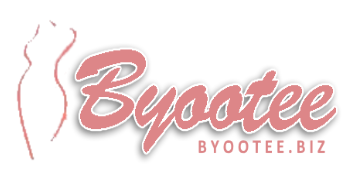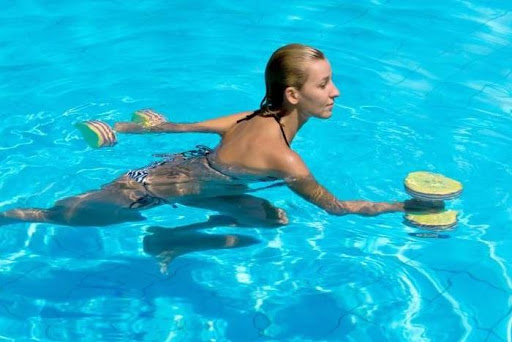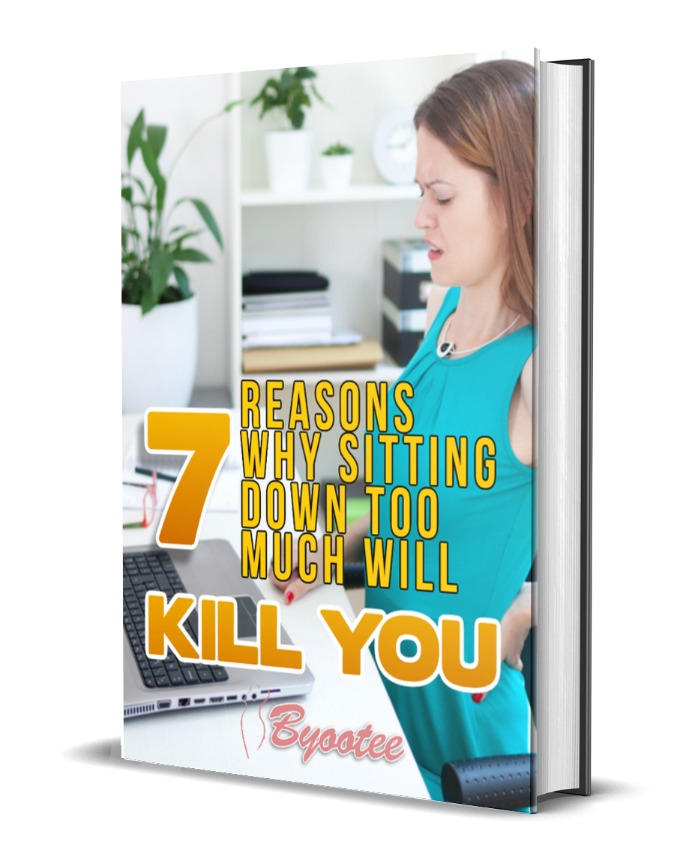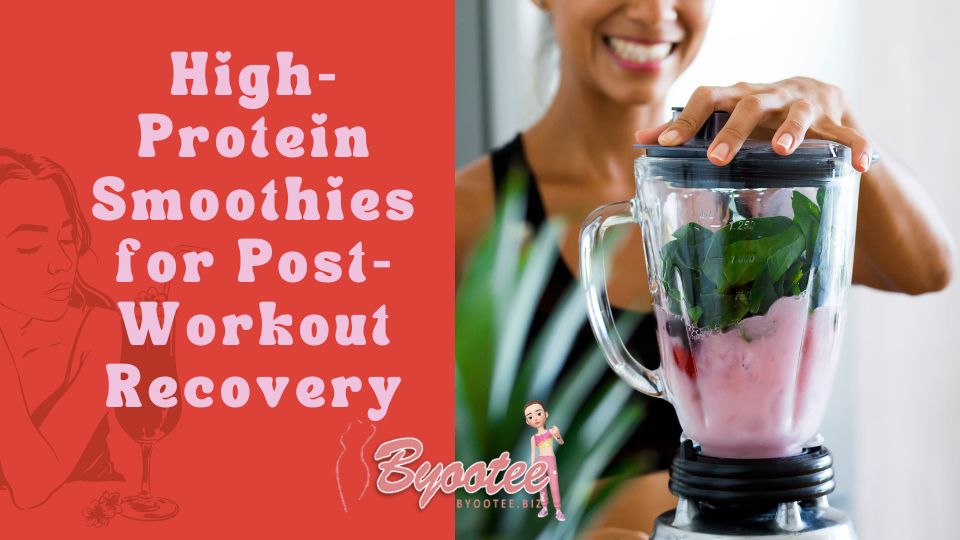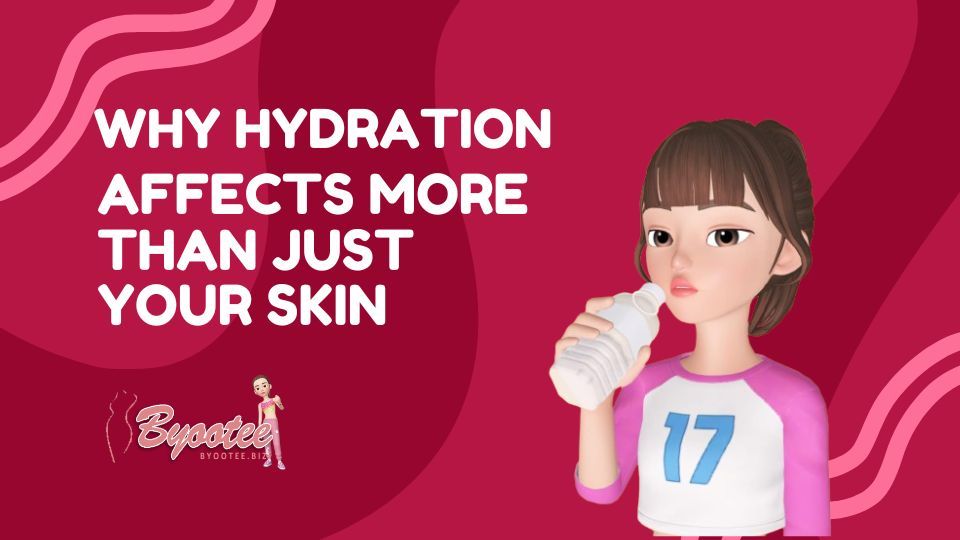Here's the deal, we all know that exercise should be a regular part of our…
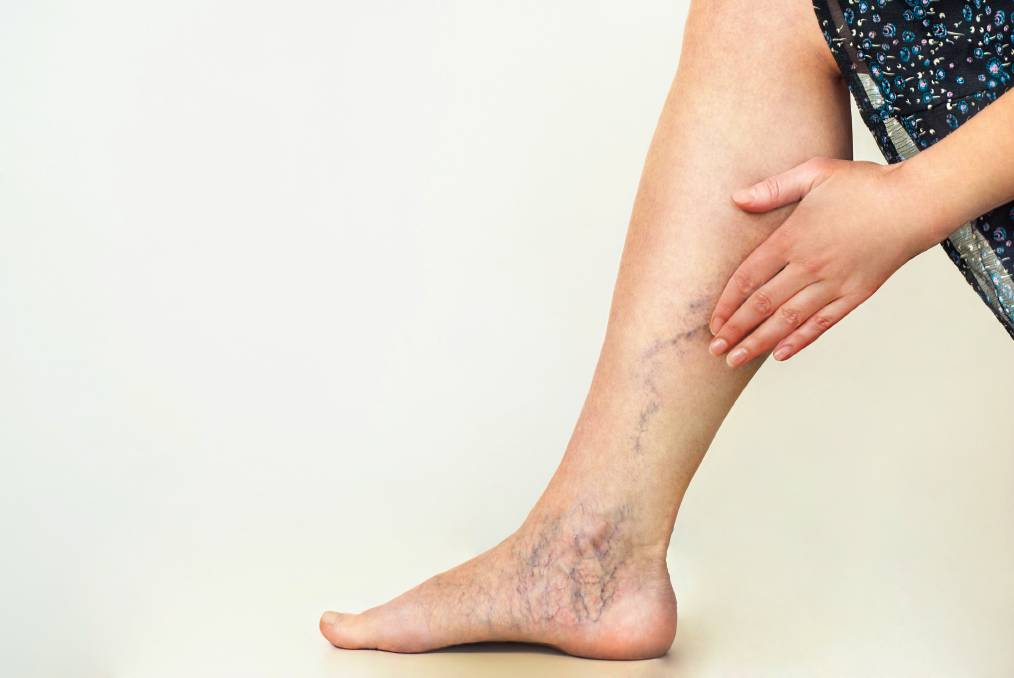
Natural Help To Get Rid Of Varicose Veins
There are a number of techniques available that provide natural help for varicose veins that do not involve pills, chemicals or medical interventions.
In recent years, many people have sought to find more holistic ways of treating themselves that lie outside of conventional medicine and there are many techniques that, while they may not make your varicose veins go away, they also will not make them worse and may give you with some much needed relief from aching and discomfort.
That said, it is also worth bearing in mind that if you are experiencing major pain, there is bleeding or bruising or you have developed a skin problem like varicose exezema or an ulcer, it is advisable that you seek appropriate medical treatment to prevent these conditions from getting worse.
Yoga can be a major help in relieving the symptoms and discomfort of varicose veins and you do not need to do outrageous, “tied up in a knot” postures to reduce your symptoms. Although postures that encourage the blood to drain from the legs are the most obvious means of obtaining relief from the condition, it is believed that the deep breathing that you engage in as part of your yoga practice helps to oxygenate the blood which means that your circulation is working more effectively.
The yoga postures that are of most benefit to varicose vein sufferers are those where the feet are above heart level which helps the blood drain back towards the heart as it is meant to, and can also help reduce swelling. Though it is advisable to speak to a proper yoga teacher, there are plenty of resources available on the internet, as well as videos and books that mean that you can do yoga at home without outside assistance. However as is true of any form of new exercise, consult a medical professional if you have any concerns.
Hydrotherapy can be one of a number of ways of reducing discomfort that involves the use of heat and cold, eliminating the need for pills to relieve pain. Cold compresses applied to the affected area can often help to reduce swelling and discomfort, while alternating between hot and cold baths is believed to stimulate the circulation. This involves two buckets of water, one that is bearably hot (so be sure to test it with an elbow first to ensure that you will not get scalded) and one that is cold which should of a depth that will cover most of your lower leg.
Aromatherapy oils or Espom Salts can also be added to the water to make the process more pleasant and you will need to repeat this treatment once a day for about a month. It is important to note however, that if you suffer from diabetes make sure you use warm, rather than hot water as diabetics tend to be more likely to suffer from scalds due to problems with the nerves in the leg.
Another common sense way to help varicose veins is to lead a healthier lifestyle, with a diet that is rich in fruit (particularly dark berry fruits like blackberries and cherries) and vegetables. It is also important that your food is low in saturated fats and salt as both of these have a well documented negative effect on venous and cardiovascular health, as well as maintaining a healthy weight.
Exercising regularly and not smoking, which also has a negative effect on cardiovascular health as it causes the blood vessels to harden and constrict and reduces the amount of oxygen in the blood stream, will also help. While this cannot be described as a magic bullet that will cure or prevent varicose veins, it does mean that you are doing everything you can to stay in tip top health.
